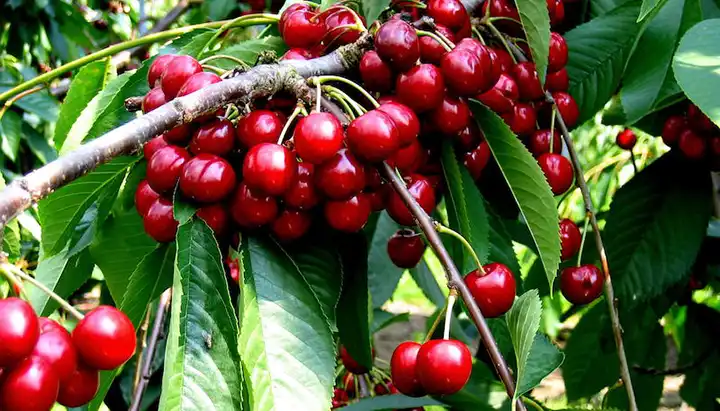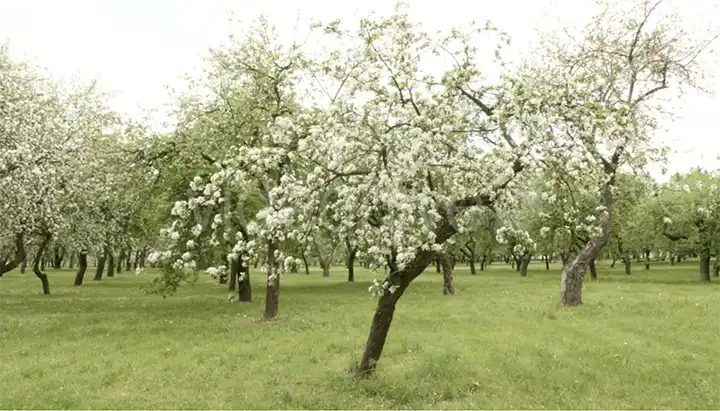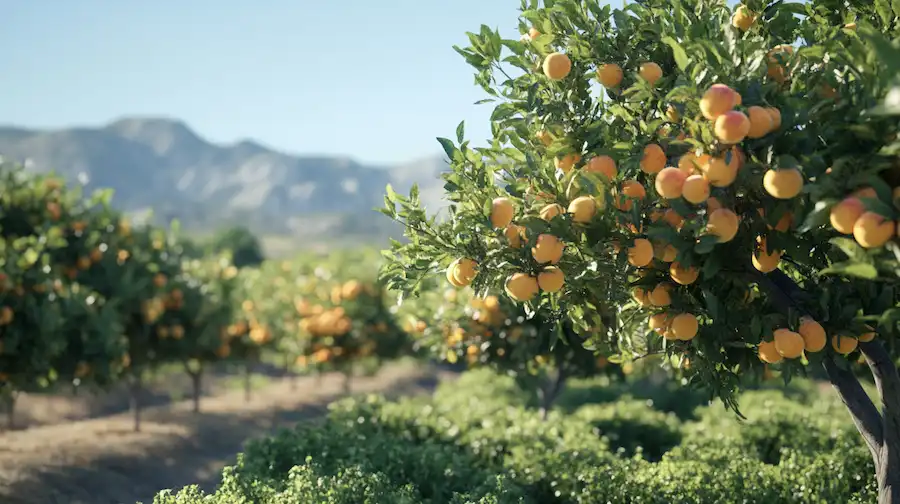Optimizing Tree Health: Strategic Fertilizer Application and Root Development
In the pursuit of healthy and sustainable tree growth, understanding the intricate relationship between root development and fertilizer application is paramount. As trees mature, their root systems expand far beyond the visible canopy, delving deep and wide into the soil. This progressive expansion necessitates a strategic approach to fertilizing, ensuring that nutrients reach the areas where they’re most needed to support robust growth. This article delves into effective methods for applying fertilizers, taking into account the evolving needs of tree roots in agricultural settings.

Understanding Root Development
The root system of a tree is its lifeline, absorbing water and essential nutrients from the soil. As trees grow, their roots extend outward and deepen, a process that is critical for stability and nutrient uptake. This expanding root zone, often extending well beyond the drip line (the outer circumference of a tree’s canopy), requires targeted nourishment for optimal health.
The Importance of Expanding the Fertilization Area
To accommodate the widening reach of tree roots, it’s crucial to gradually increase the diameter of the fertilization area. This ensures that nutrients are accessible throughout the root zone, promoting even growth and preventing nutrient deficiencies that can stunt development and lead to health issues.
Effective Fertilization Techniques
1. Broadcast Fertilization
This method involves evenly spreading fertilizer over the soil surface across the entire root zone. As water percolates through the soil, nutrients are carried down to the roots. For mature trees, broadcasting beyond the drip line encourages outward root growth and supports the expanding root system.
2. Drip Line Application
Applying fertilizer along the drip line, where rainwater naturally drips from the canopy, targets the area where many feeder roots are concentrated. This technique is particularly effective for young trees, helping to establish a strong root foundation.
3. Deep Root Fertilization
Deep root fertilization involves injecting liquid fertilizer directly into the soil at a depth of 12-14 inches, reaching the roots more effectively than surface applications. This method is ideal for trees in compacted soil or those showing signs of nutrient deficiency.
4. Foliar Feeding
While not a direct method of nourishing roots, foliar feeding involves spraying diluted fertilizer onto the leaves. This can provide a quick nutrient boost, especially for addressing specific deficiencies. However, it should complement, not replace, soil fertilization.
Best Practices for Tree Fertilization

- Soil Testing: Before fertilizing, conduct a soil test to determine nutrient needs. Over-fertilization can harm trees and the environment.
- Seasonal Timing: Apply fertilizers during the growing season when trees are most active in nutrient uptake. Avoid fertilizing in late fall to prevent stimulating new growth that could be damaged by frost.
- Balanced Nutrients: Use a fertilizer that offers a balanced mix of essential nutrients, including nitrogen, phosphorus, and potassium, tailored to the specific needs of your trees.
The dynamic nature of tree root development requires a thoughtful and evolving approach to fertilization. By expanding the application area in tandem with root growth and employing strategic fertilization techniques, gardeners and farmers can support the health, stability, and productivity of their trees. This holistic care ensures that trees can continue to thrive in agricultural environments, contributing to both the ecosystem and economic value.



















